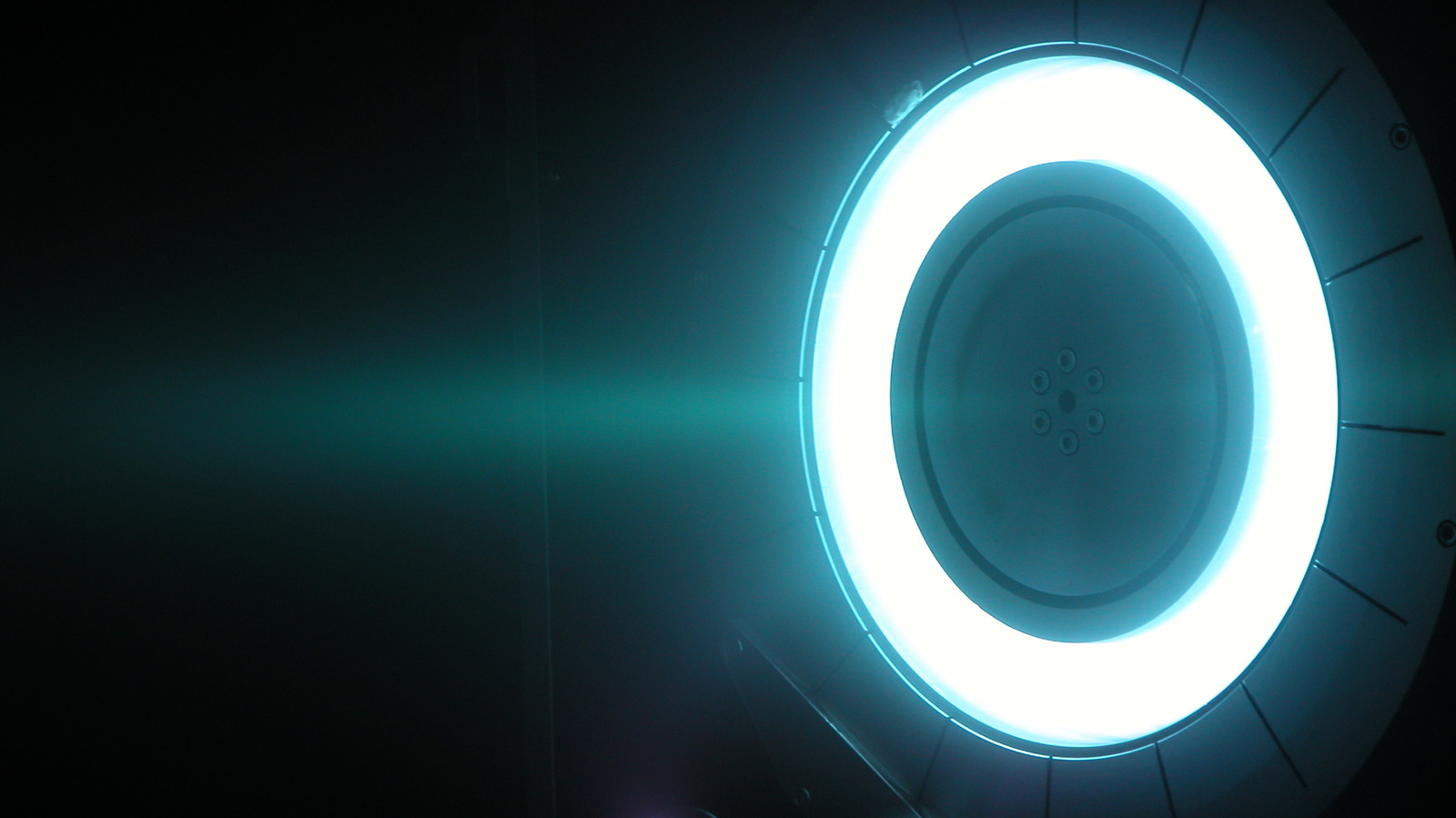NASA’s Opportunity rover, one of the most successful interplanetary missions in history, came to a dramatic and poignant end in 2019, after 15 years of groundbreaking exploration on Mars. The rover’s final transmission was sent amidst a planet-wide dust storm that left scientists and engineers at NASA’s Jet Propulsion Laboratory (JPL) holding onto hope until the very last moment. In a heart-wrenching turn, Opportunity’s last message was not the typical telemetry signals that the rover had transmitted throughout its career. Instead, it was a haunting image, and with that, the long and illustrious mission came to a close.
Opportunity’s Journey: A Marathon Across Mars
Launched in 2003, NASA’s Opportunity rover, alongside its twin Spirit rover, was designed for a 90-day mission to explore the surface of Mars. However, Opportunity far surpassed its intended lifespan, and over the course of 15 years, it traveled more than 45 kilometers (28 miles) on the Martian surface. It became the first rover to complete a marathon on another planet. Opportunity was initially tasked with exploring the Meridiani Planum region of Mars, searching for signs of past water and geological evidence that could provide insight into Mars’ ancient environment.
The rover’s mission was considered a tremendous success, with it far outlasting the expected duration and making significant discoveries. One of the most notable achievements was the identification of hematite, a mineral that forms in the presence of water, leading scientists to hypothesize that Mars once had the conditions necessary for microbial life. Opportunity’s contributions to understanding Mars helped pave the way for future missions, such as the Perseverance rover, which is currently exploring the planet’s surface in search of further evidence of past life.
A Tragic End: The Dust Storm of 2018
By the summer of 2018, Opportunity was operating far beyond its expected lifespan. However, a massive, planet-wide dust storm, one of the worst in Mars history, severely impacted the rover’s ability to generate power. Opportunity was powered by solar panels, and as the dust storm enveloped Mars, sunlight could no longer reach the rover’s panels, causing it to go into hibernation mode. NASA engineers hoped that the rover would ride out the storm, recharging once the skies cleared. Unfortunately, despite their best efforts, the rover failed to wake up, and after more than a thousand commands sent over several months, NASA officially declared the mission’s end.
As NASA project manager John Callas explained, “We were hopeful that the rover could ride it out. That the rover would hunker down, and then when the storm cleared, the rover would charge back up. That didn’t happen. At least it didn’t tell us that it happened. So, we don’t know.” The uncertainty surrounding the rover’s fate during the storm created a sense of deep anticipation and anxiety at NASA, but the silence from Opportunity in the wake of the storm was deafening.
The Final Transmission: A Haunting Image
On June 10, 2018, Opportunity sent its last communication to Earth. This final transmission was not a standard data packet or set of readings but an incomplete image taken from the rover’s Pancam (Panoramic Camera). This image was captured with the left eye of the camera, with its solar filter aimed at the Sun. Unfortunately, the dust storm blocked the Sun, and the result was a dark, “noisy” image that appeared to show nothing but blackness. The image was incomplete because the rover’s transmission was cut off before it could send the full picture, leaving the lower part of the image as a black void.
NASA later explained that the white speckles seen in the image were noise from the camera itself. However, because of the darkness caused by the dust storm, the noise became much more apparent than usual. “The Opportunity rover stopped communicating with Earth when a severe Mars-wide dust storm blanketed its location in June 2018. After more than a thousand commands to restore contact, engineers in the Space Flight Operations Facility at NASA’s Jet Propulsion Laboratory (JPL) made their last attempt to revive Opportunity Tuesday, to no avail. The solar-powered rover’s final communication was received June 10,” NASA confirmed.
Source link


